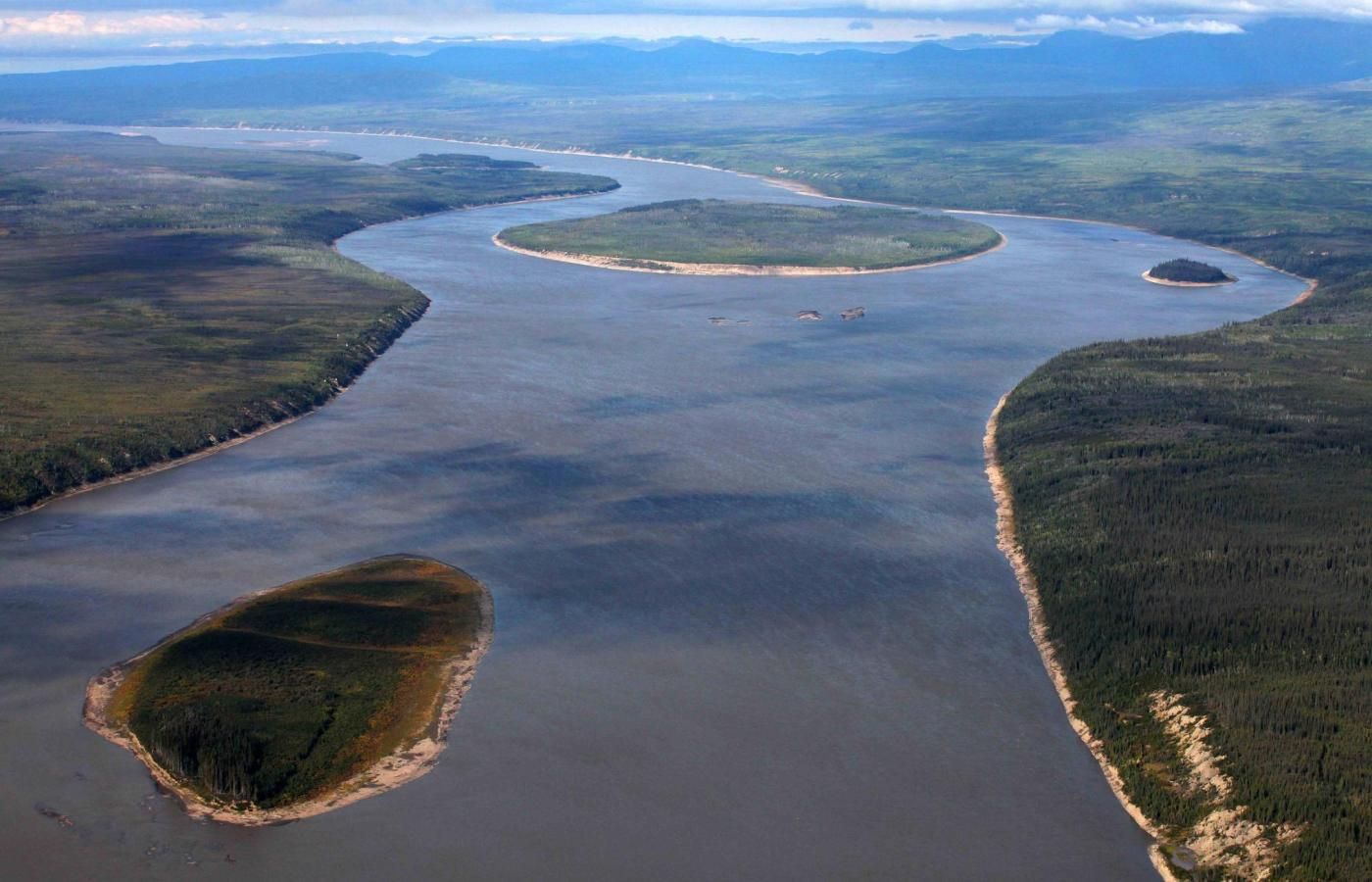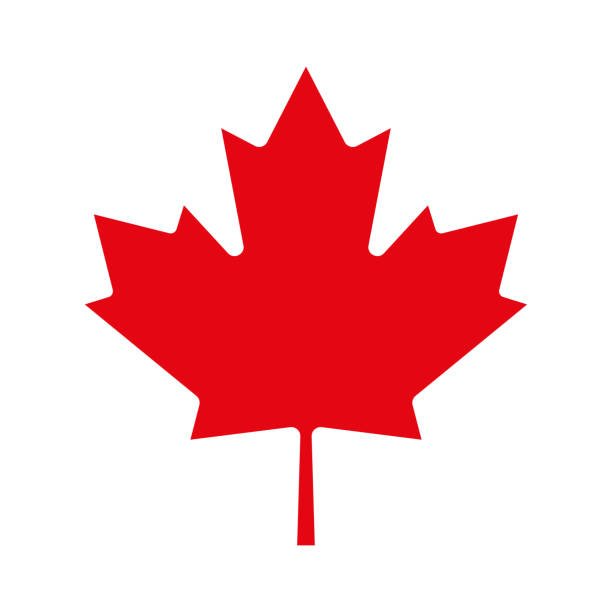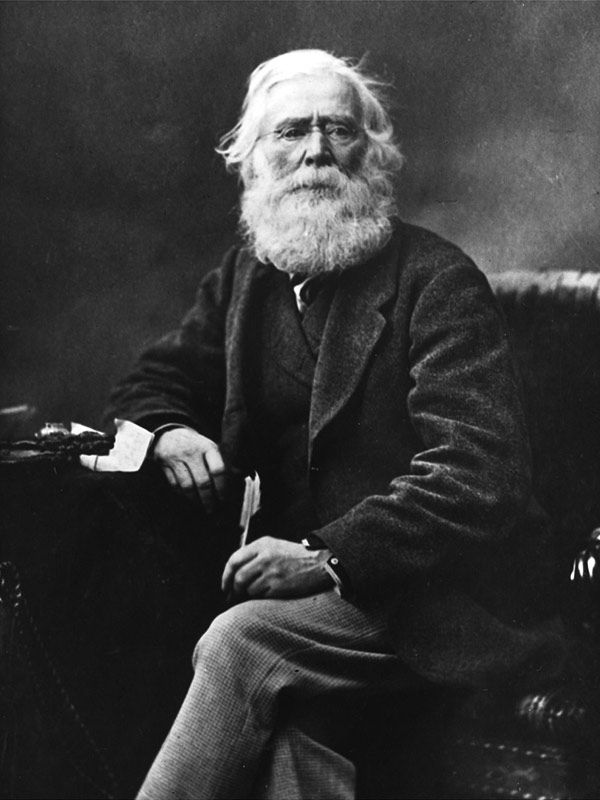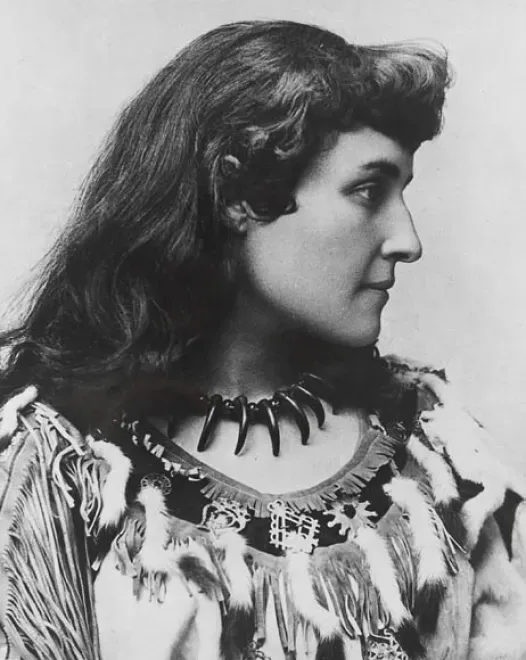Canada's Amazing Northern Lights
Amazing, incredible, fantastic, out of this world - these are words used to describe Canada’s amazing natural light show known as the Northern Lights. On a very dark night, the northern sky becomes alive with bright flashing colors that roll in never-ending patterns across the horizon.
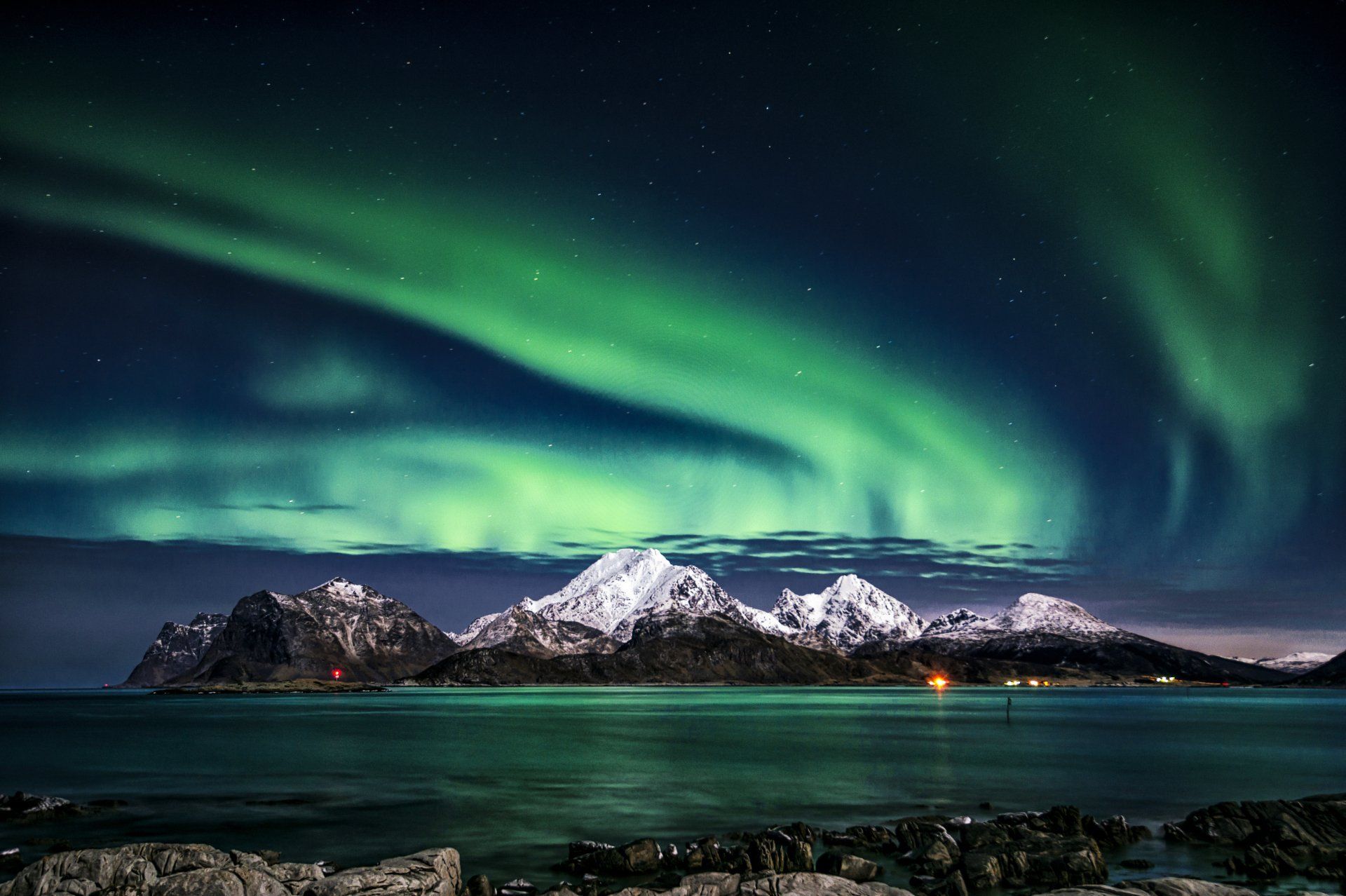
The Northern Lights are one of Canada’s Great Seven Wonders. The lights take on a variety of forms - from cascading arcs, rippling currents and flashing torrents to misty clouds. A good display may last for no longer than 15-20 minutes at a time, although it has been know to extend to a couple hours or longer and then reappear in a surprising mystical dance.
What are the Northern Lights?
According to
The Northern Lights Centre, at Watson Lake, Yukon, the dancing lights of the aurora borealus are actually collisions between electrically charged particles from the sun that enter the earth’s atmosphere.
The lights of the aurora generally extend from 80 kilometres (50 miles) to as high as 640 kilometres (400 miles) above the earth’s surface.
Auroral displays appear in many colors although pale green and pink are most common. Shades of red, yellow, green, blue and violet also flash across the sky.
Where can the Northern Lights be seen?
They can be seen in many countries in the polar north: Norway, Greenland, Iceland, Swedish and Finish Lapland, Scotland, Siberia, Canada and Alaska. Generally, the higher the latitude, the better the chance of viewing the incredible light show.
Canada’s Northwest Territories are the world’s Northern Lights mecca where the lights dance an average of 240 nights per year. The Northern Lights are the strongest in the NWT, the colors are brighter, the displays last longer and the ever-changing display is more elaborate. People come from around the world to the NWT to view the incredible light dance in the sky.
It is possible, however, to see the Northern Lights from almost anywhere in Canada at certain times during all four seasons. Generally, the aurora can be seen a few hours after sunset, when the sky is clear, with the show becoming more intense around midnight.
Bright city lights cause light pollution so you must find a spot in the country that is dark. Cloud coverage, precipitation, and a full moon can also cause the aurora to be more difficult to see. To enhance your viewing, check the
aurora forecast before you head out.
You don’t need any special equipment to see the Northern Lights if you are able to find the right location and the right weather conditions. However, you can also see them on the Web. The
AuroraMax observatory
will give you a window on the Northern Lights above Yellowknife, NWT.
Conclusion:
Canada contains a wide variety of natural wonders. The Northern Lights present a light show in the sky that will take your breath away. All Canadian citizens and newcomers to Canada should head out to the countryside on a clear night, bring along the family and lots of hot chocolate and enjoy the performance!
Joy Dirks
September 2022
